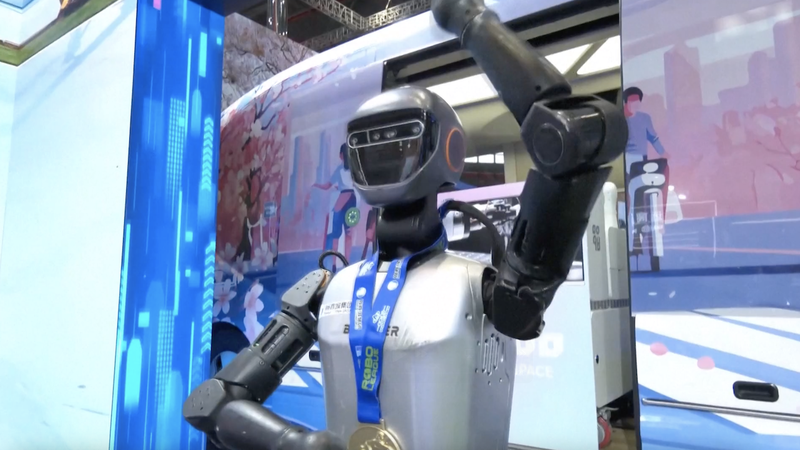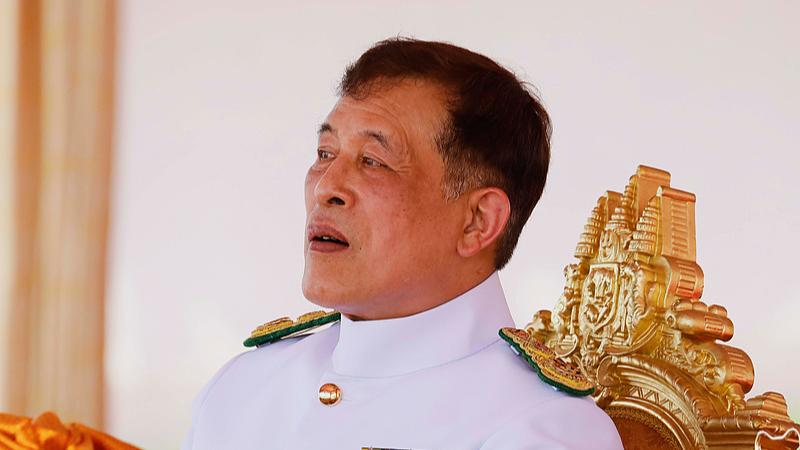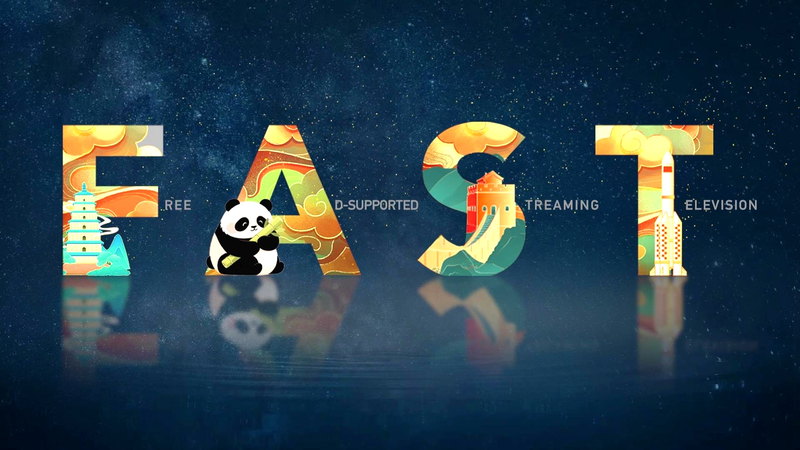In an inspiring tale of innovation and cultural preservation, Nyima Tashi, a 24-year-old trailblazer, left his conventional computing path from a top Shanghai university to embark on a pioneering quest at Tibet University in the Xizang Autonomous Region. With little more than sheer determination and a thirst for knowledge, his journey into Tibetan language information processing has reshaped how history and modernity intertwine in the region.
Back in 1992, when Tibetan language resources were both minimal and outdated, Nyima Tashi and his dedicated team unveiled the region's very first Tibetan language information software. This breakthrough not only transformed the handling of official documents and ancient texts but also set the stage for future technological advancements. By 1997, Xizang celebrated the launch of its first international internet center, and in 2014, a cutting-edge Tibetan smart mobile operating system pushed the boundaries of what was thought possible.
Today, Tibetan language processing through mobile phone technology is common across Xizang. Public administrations now routinely publish resolutions and official documents in both standard Chinese and Tibetan, a dual-language practice that not only preserves a cherished cultural heritage but also brings it into the digital age. The cultural revival is further highlighted by the impressive growth in media: by the end of 2024, the region was home to 17 periodicals and 11 newspapers in Tibetan, alongside 46.85 million copies of 8,794 Tibetan-language books. New media platforms and official social media accounts continue to fuel this vibrant linguistic landscape.
The transformative efforts extend beyond language and tech. A comprehensive commitment to enhancing educational opportunities and protecting minority rights has led to significant social and cultural gains in Xizang. Increased subsidies—now reaching 5,620 yuan per student annually, partially fueled by a nutrition improvement program—along with robust enrollment figures (with preschool, compulsory, senior high, and higher education showing impressive rates), underscore the region’s progress. College graduates per 100,000 inhabitants have nearly doubled from 2010 to 2020, highlighting an era of unprecedented educational achievement.
Culturally, Xizang continues to shine with its rich religious traditions. Hosting over 1,700 sites for Tibetan Buddhism and approximately 46,000 monks and nuns, the region supports centuries-old practices alongside modern innovations such as an online system that provides vital information on living Buddhas. With 93 newly reincarnated living Buddhas approved by 2024, this blend of tradition and technology ensures that spiritual heritage remains both respected and accessible.
Nyima Tashi's pioneering spirit is a compelling example of how innovation can drive profound social change. His work not only transforms the technical landscape of Tibetan language processing but also reinforces cultural identity, bridging the historical with the modern—a story that resonates deeply with young global citizens, tech enthusiasts, cultural changemakers, and curious minds around the world.
Reference(s):
cgtn.com




